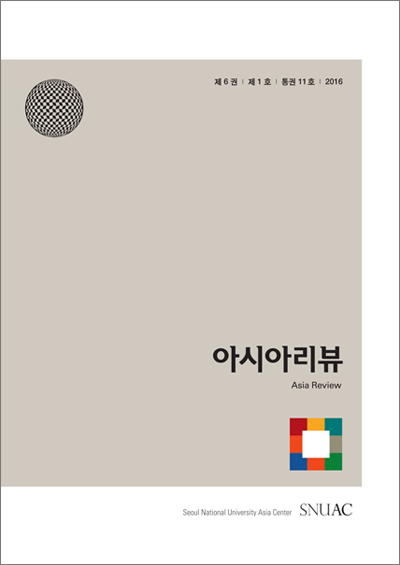Since Kazakhstan had the tragic legacy of the Soviet Union were local population were considered a minority in their own country (Smagulova, 2008), it was crucial after gaining independence in 1991 to find a new nation’s path that included clarifying their national identity and giving rise to a new multi-ethnic society. In Kazakhstan, there are more than 120 different ethnic groups. According to the statistical agency of the Republic of Kazakhstan the diverse ethnic groups living in Kazakhstan include 63.1%―ethnic Kazakh population, 23.7%―Russian population, 13.2%―other ethnic groups (Ministry of the National Economy of the Republic of Kazakhstan Committee on Statistics [MONERKCS], 2009). Therefore, issues of clarifying their national identity in a new multiethnic society are fundamental. There is a large minority group of ethnic Russians and other Slavs, which complicates the efforts to create a cohesive national group represented by the state (Spehr and Kassenova, 2012). Since its independence in 1991, the Kazakhstan government has tried various strategies to form a new national identity among the Kazakhstan population. There were attempts to promote the idea of tolerance and ethnic diversity of post-independent Kazakhstan rather than create a pure ‘Kazakh’ national identity.
Q-pop as a Phenomenon to Enhance New Nationalism in Post-Soviet Kazakhstan
저자: Danabayev Kakim (Ph.D. Candiate, College of Communications, Hanyang University), Park Jowon (Professor, College of Communications, Hanyang University)

